タグ付き未使用品【LeO ATLaNTE】レオアトランテ ストール
(税込) 送料込み
商品の説明
ご覧いただきありがとうございます。
タグ付き未使用品
【LeO ATLaNTE】
leo atlante
ストール
綿100% × 4
ブルー系
イエロー エッジ (縁どり、刺繍)
サイズ M
約33cm × 約174cm
素人による採寸ですので多少の誤差お許しください。
手洗い可能
以下引用となります。
━━━━━━━━━━━━━━━━━━━━
Christophe、Emmanuelの2人のフランス人により2007年創業。
ホームウェアに係るアクセサリー・リネン・オブジェクトの製作。
デザイナーはパリでファッションやアートワークに15年間携わった後、新たな可能性を探るべくMoroccoのTiznitに移住。
Christopheは8年間ルーブル美術館にて、EmmanuelはAgnes Bにて10年間務めたアートのキャリアをブランドに活かしている。
全ての製品はハンドメイドもしくは昔ながらの機械により製作され、使用される多くのファブリックはEU製の上質な素材を使用。
アトリエでは多くの現地の女性が製作にあたっており、全ての製品はフェアトレードの環境下にて取引されている。
同ブランドは現地の新たなプロジェクトや、投資の出現・発展のサポートにも積極的に携わっている。
━━━━━━━━━━━━━━━━━━━━
世界はほしいモノにあふれてる
フランス!遊び心あふれるインテリア雑貨(初回放送:2018年11月29日)でも紹介された LeO ATLaNTEのストールです。
ヨーロッパのデッドストックのファブリックをモロッコに持ち込み、そこへモロッコ伝統の『フェズステッチ』を全て手刺繍で丁寧に施してクロスやストールを制作しているそうです。
柄の異なる布を組み合わせたストールは、ずっと飽きずに身につけられそうです。
とても素敵なデザインで
風をまとうかのように軽く
身につけるのはもちろん、玄関やリビングに飾っていただいても大丈夫です。
お好きな方に。
たたみじわがございます。
小さく畳んで発送いたします。
素人による個人保管、検品ですので
見落としなどがあるかもしれません。
完璧を求める方、神経質な方のご利用はお控えください。
#せかほし
#ハンドメイド
#ストール
#春夏
#アッシュペーフランス商品の情報
| カテゴリー | ファッション > レディース > 小物 |
|---|---|
| 商品の状態 | 新品、未使用 |

超新作】 タグ付き未使用品【LeO ATLaNTE】レオアトランテ ストール

タグ付き未使用品【LeO ATLaNTE】レオアトランテ ストール-
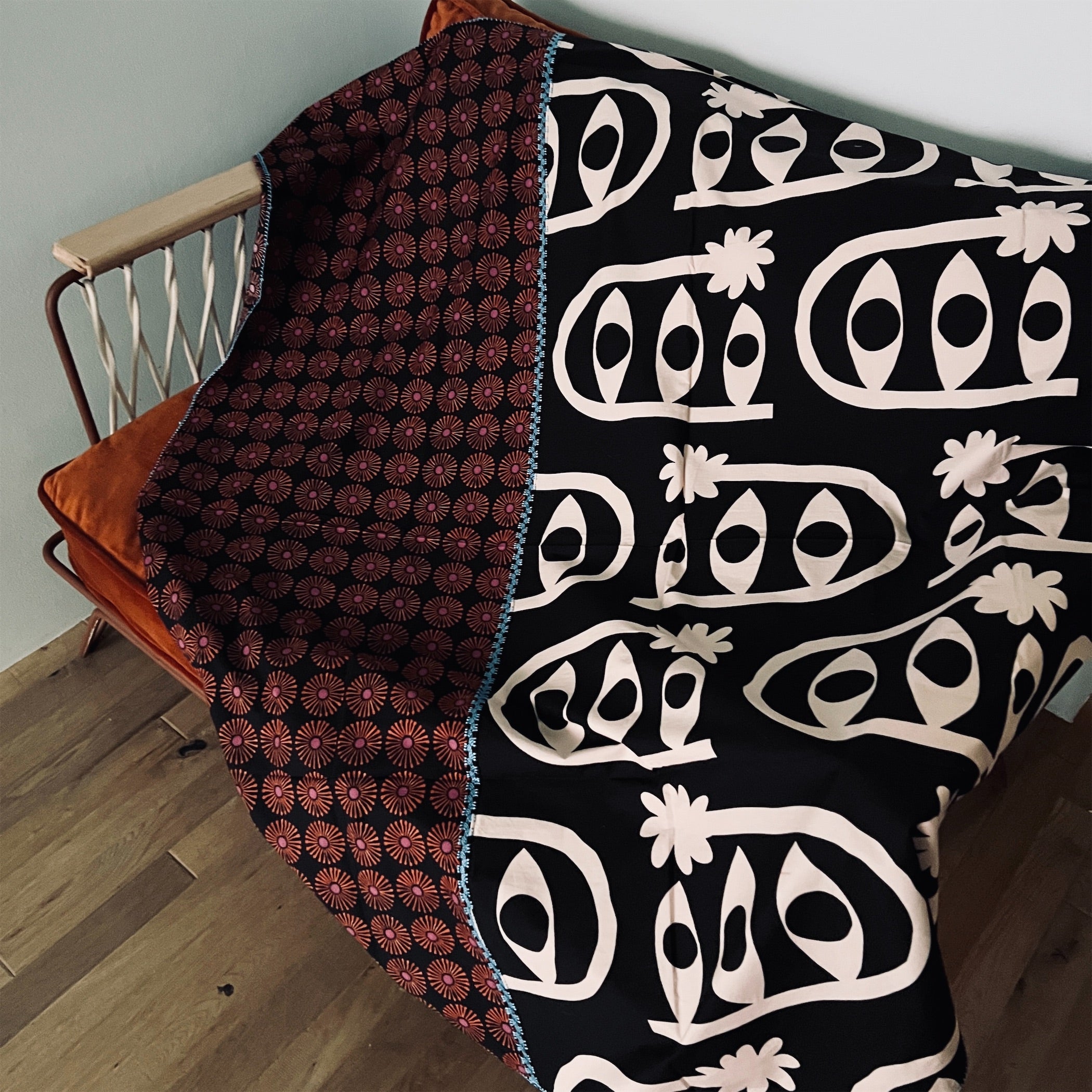
超新作】 タグ付き未使用品【LeO ATLaNTE】レオアトランテ ストール
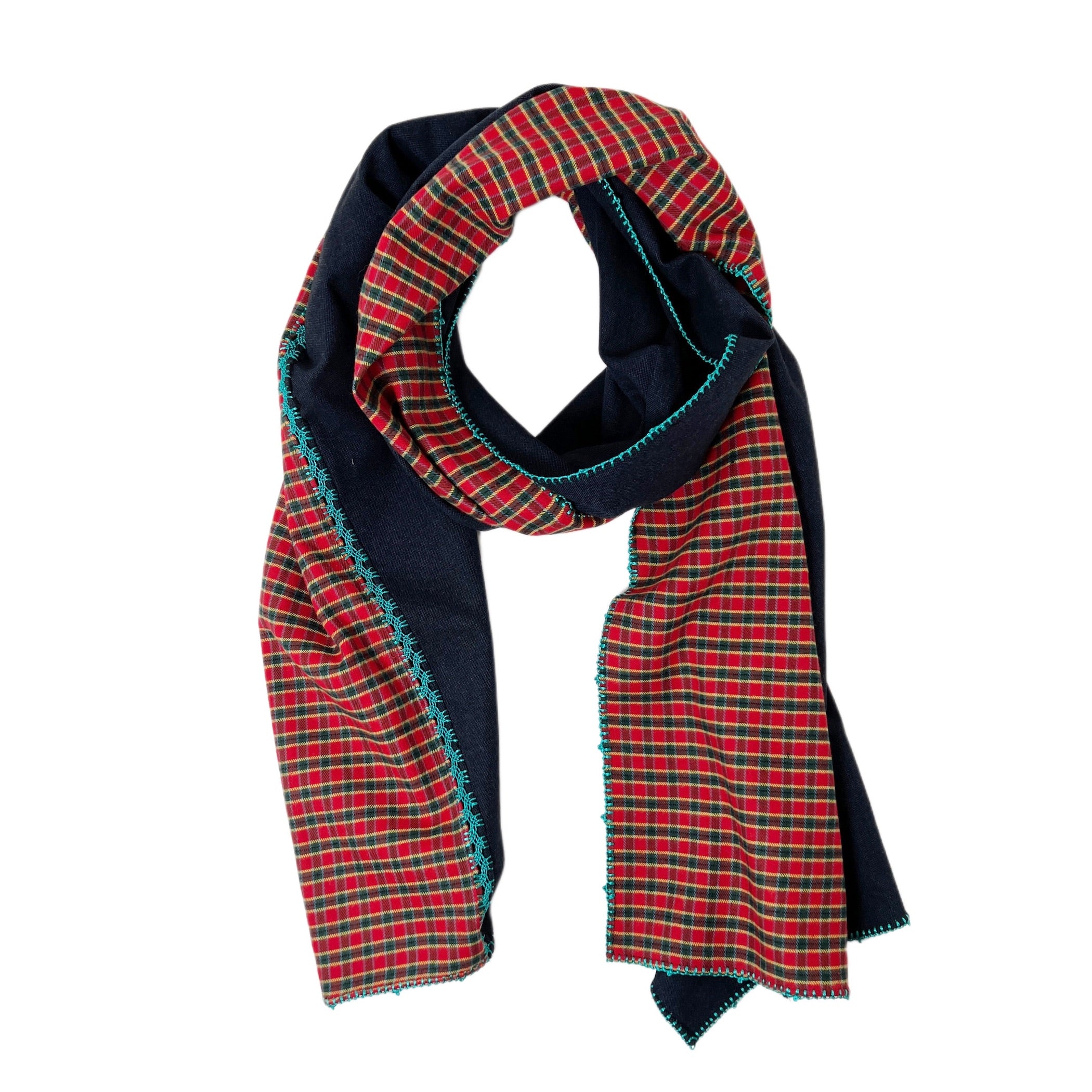
超新作】 タグ付き未使用品【LeO ATLaNTE】レオアトランテ ストール

タグ付き未使用品【LeO ATLaNTE】レオアトランテ ストール-
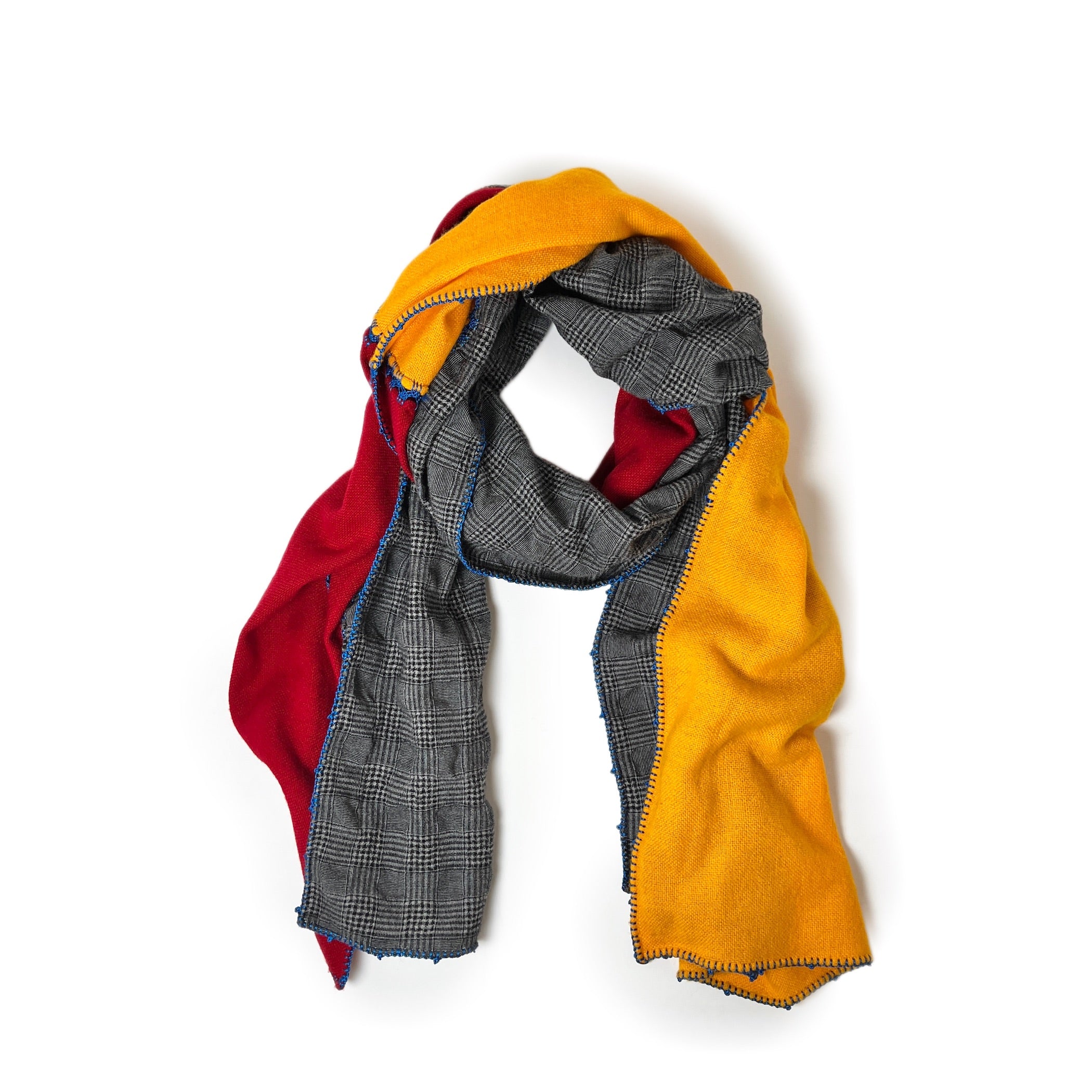
店舗の商品販売 タグ付き未使用品【LeO ATLaNTE】レオアトランテ

タグ付き未使用品【LeO ATLaNTE】レオアトランテ ストール-
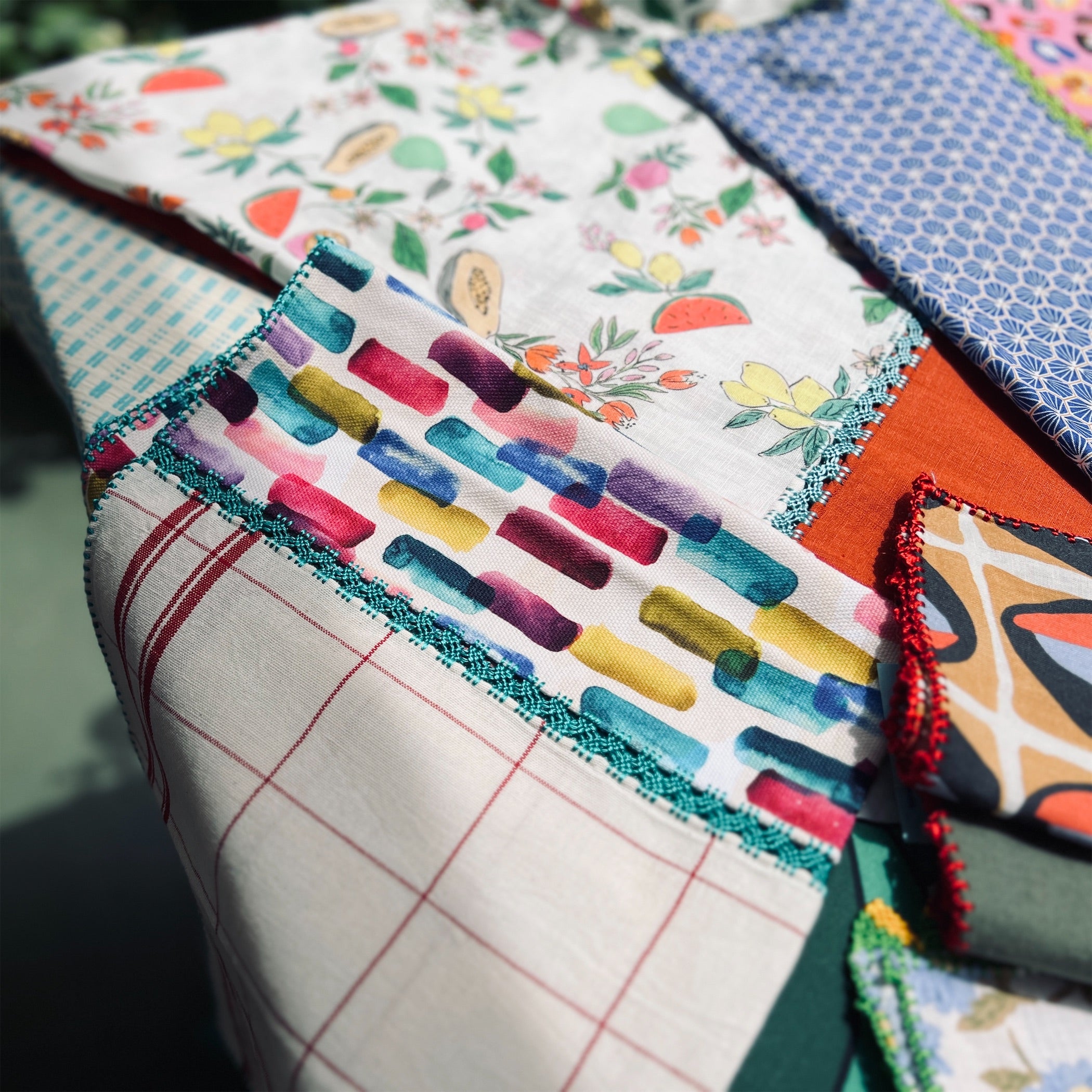
超新作】 タグ付き未使用品【LeO ATLaNTE】レオアトランテ ストール

ラウンド タグ付き未使用品【LeO ストール ATLaNTE】レオアトランテ
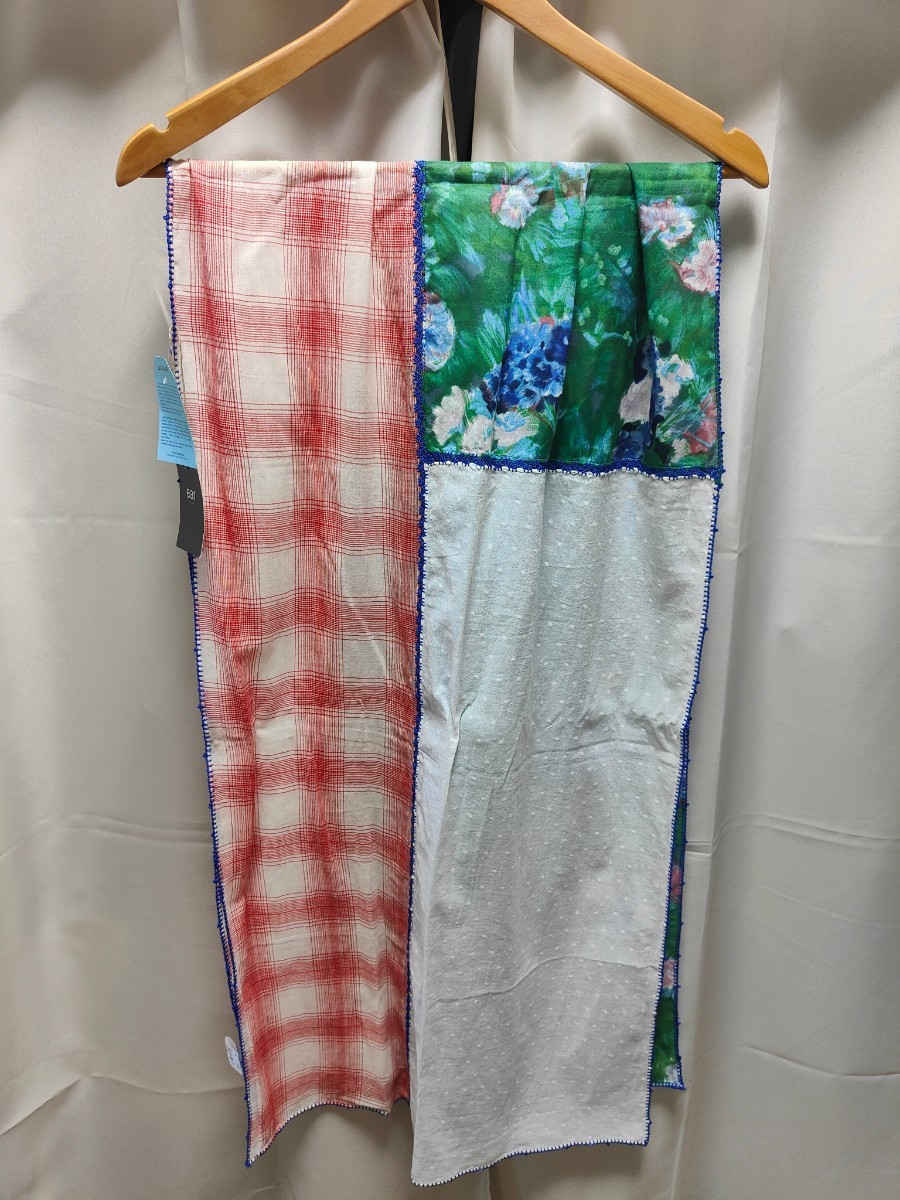
Leo ATLaNTE レオアトランテ ストール|Yahoo!フリマ(旧PayPayフリマ)
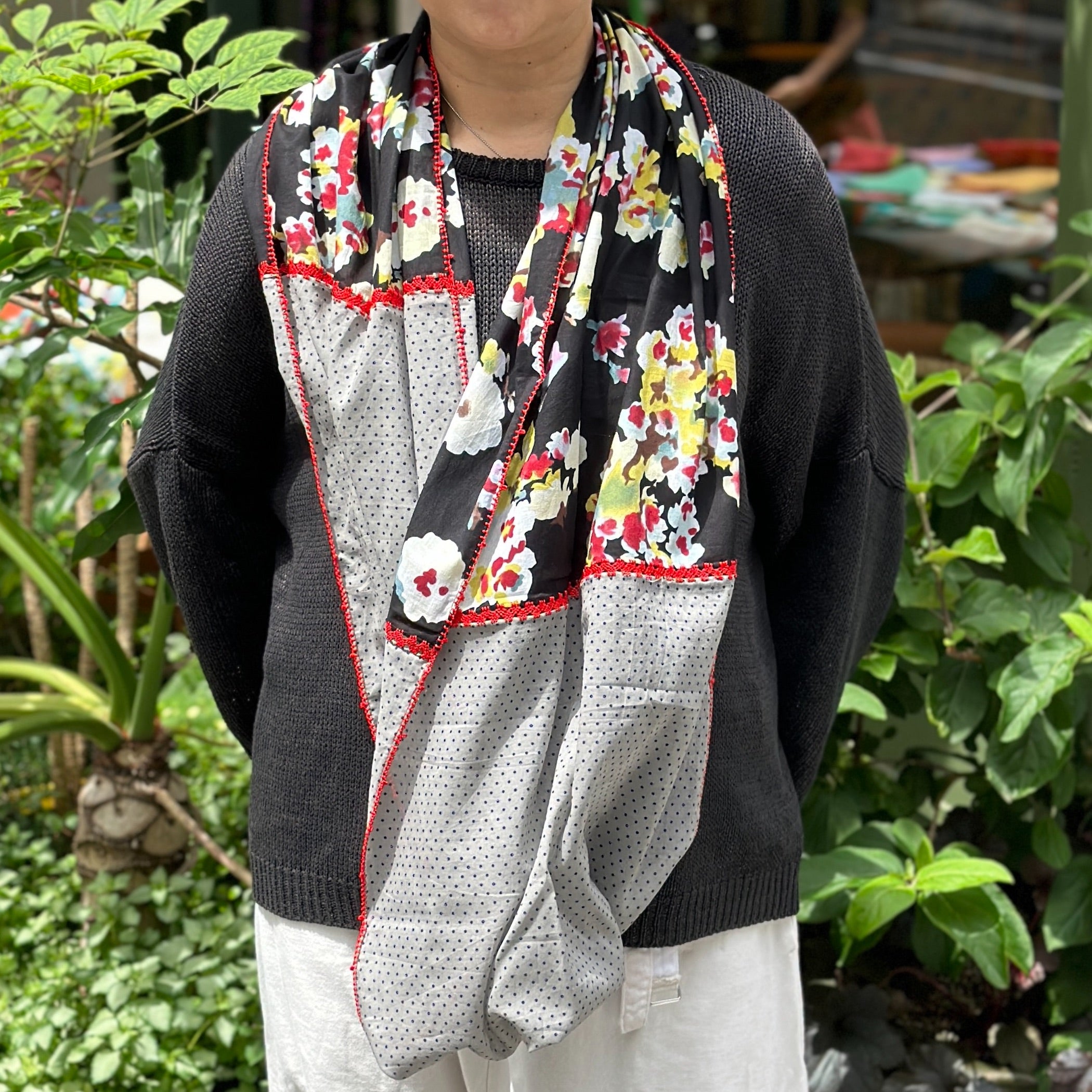
Leo Atlante】刺繍パッチワークスカーフ マルト・デムランセレクト

Leo Atlante】刺繍トーションタータンブルー マルト・デムランセレクト
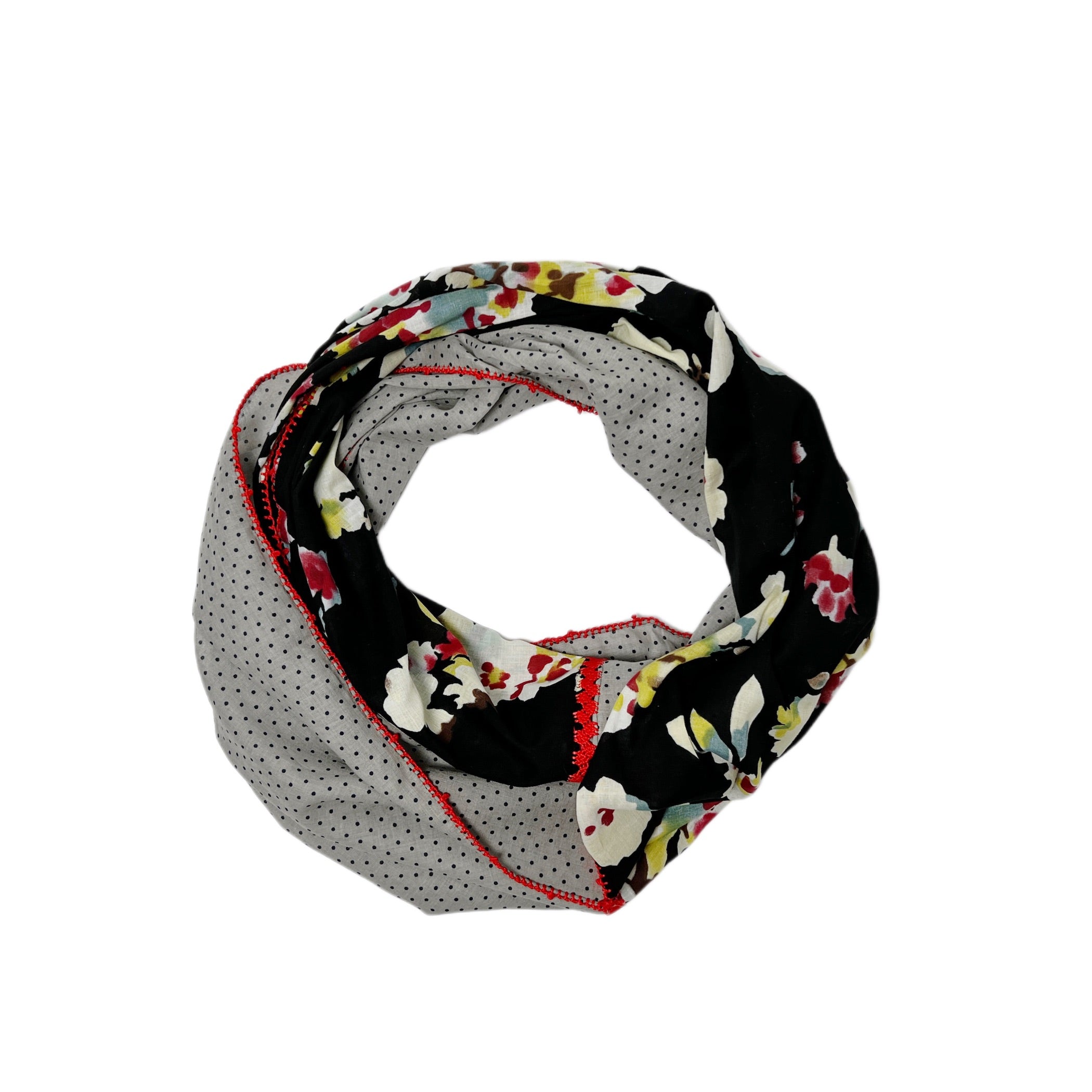
ラウンド タグ付き未使用品【LeO ストール ATLaNTE】レオアトランテ

LeO ATLaNTE – FEELSEEN

お年玉セール特価】 タグ付き未使用品【LeO ATLaNTE】レオアトランテ
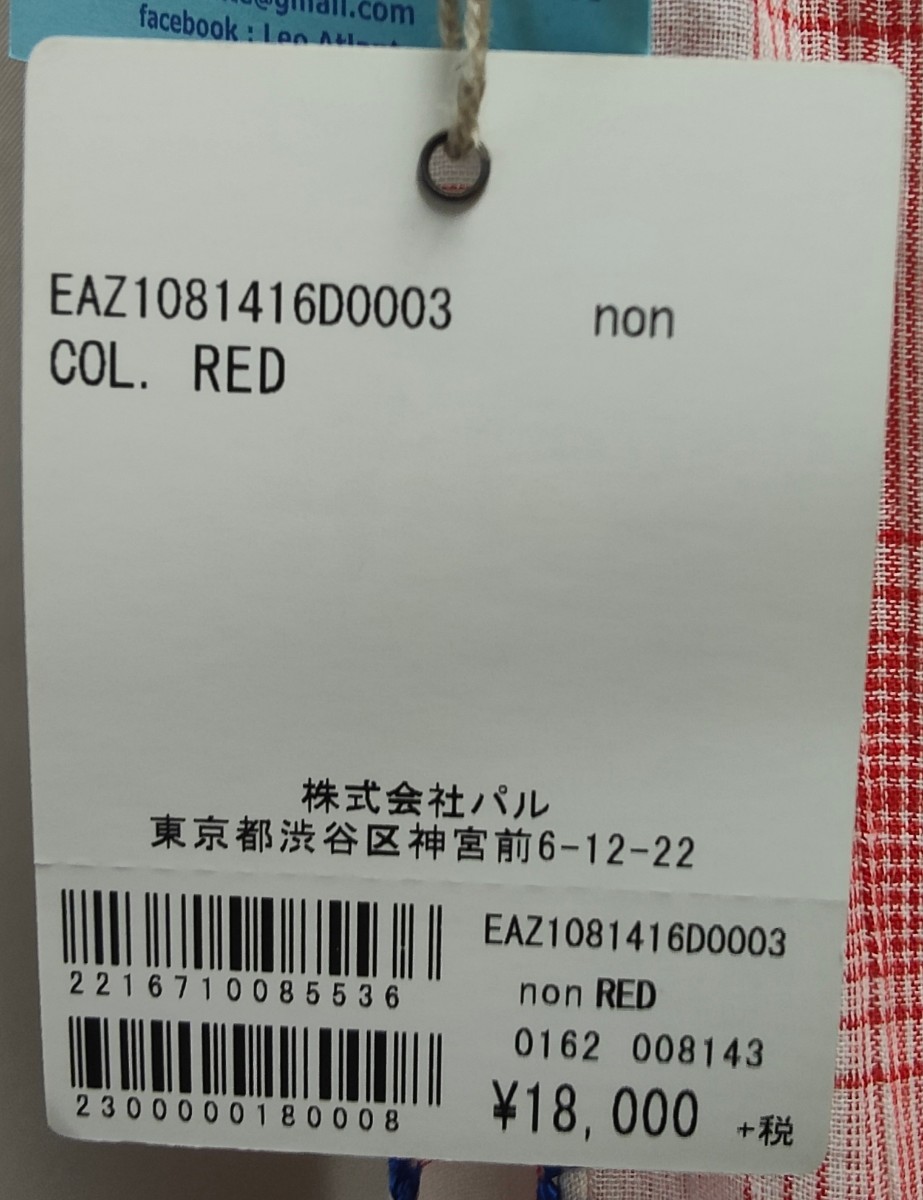
Leo ATLaNTE レオアトランテ ストール|Yahoo!フリマ(旧PayPayフリマ)

Leo Atlante】刺繍パッチワークスカーフ グリーン マルト・デムラン

LeO ATLaNTE OUPS Scarf small check x Beige Size M

ランキング1位獲得 Cloth タグ付き未使用品【LeO ATLaNTE】レオ

ファッション小物Leo ATLaNTE レオアトランテ ストール - dgw
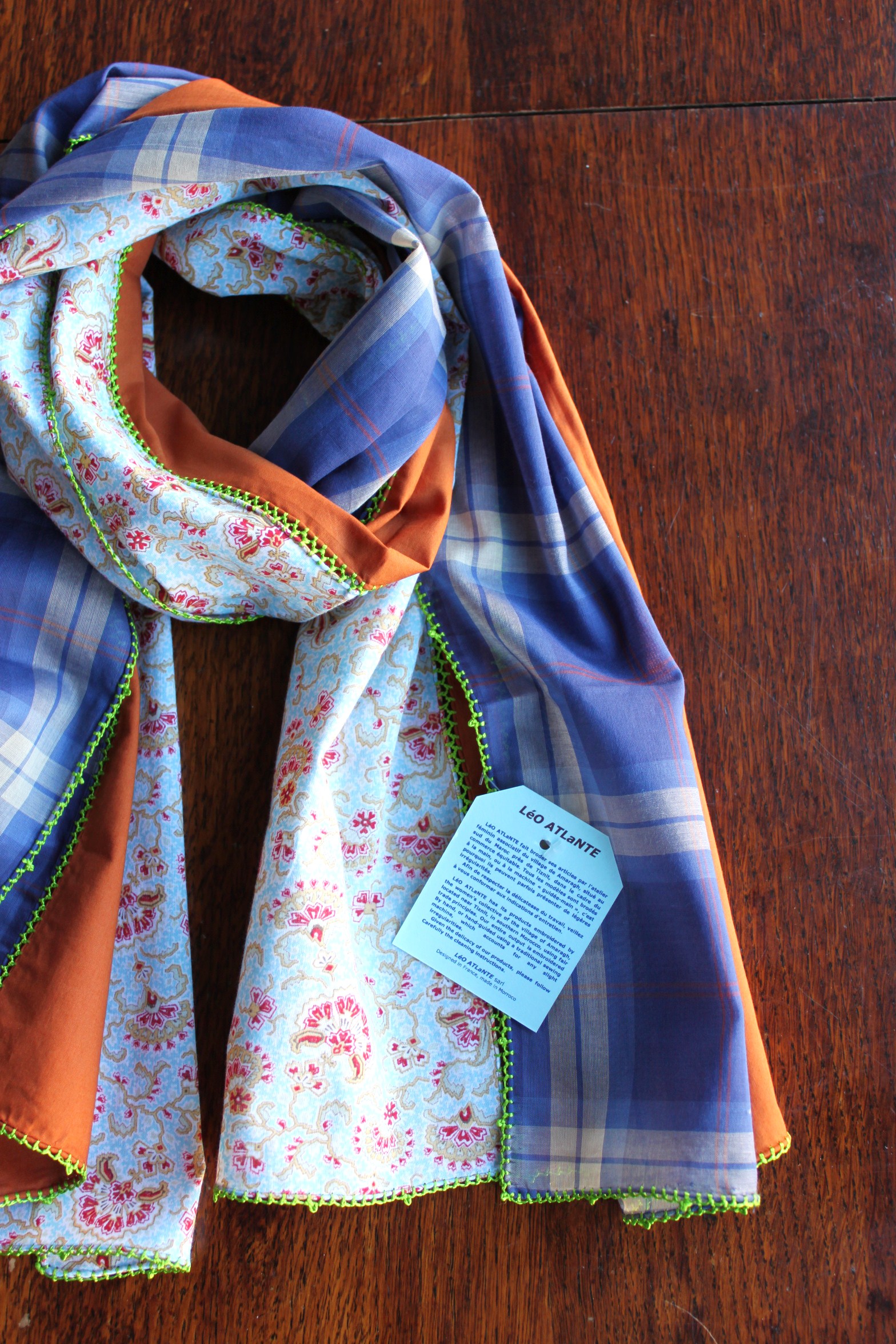
30%割引以上販売 タグ付き未使用品【LeO ATLaNTE】レオアトランテ

LeO ATLaNTE BIG FES Scarf Blue edge

レオ・アトランテ マルチクロス / LeO ATLaNTE Multi Cloth | FURUICHI

保証 Léo ATLaNTE レオアトランテ ストール 32×170 tbg.qa
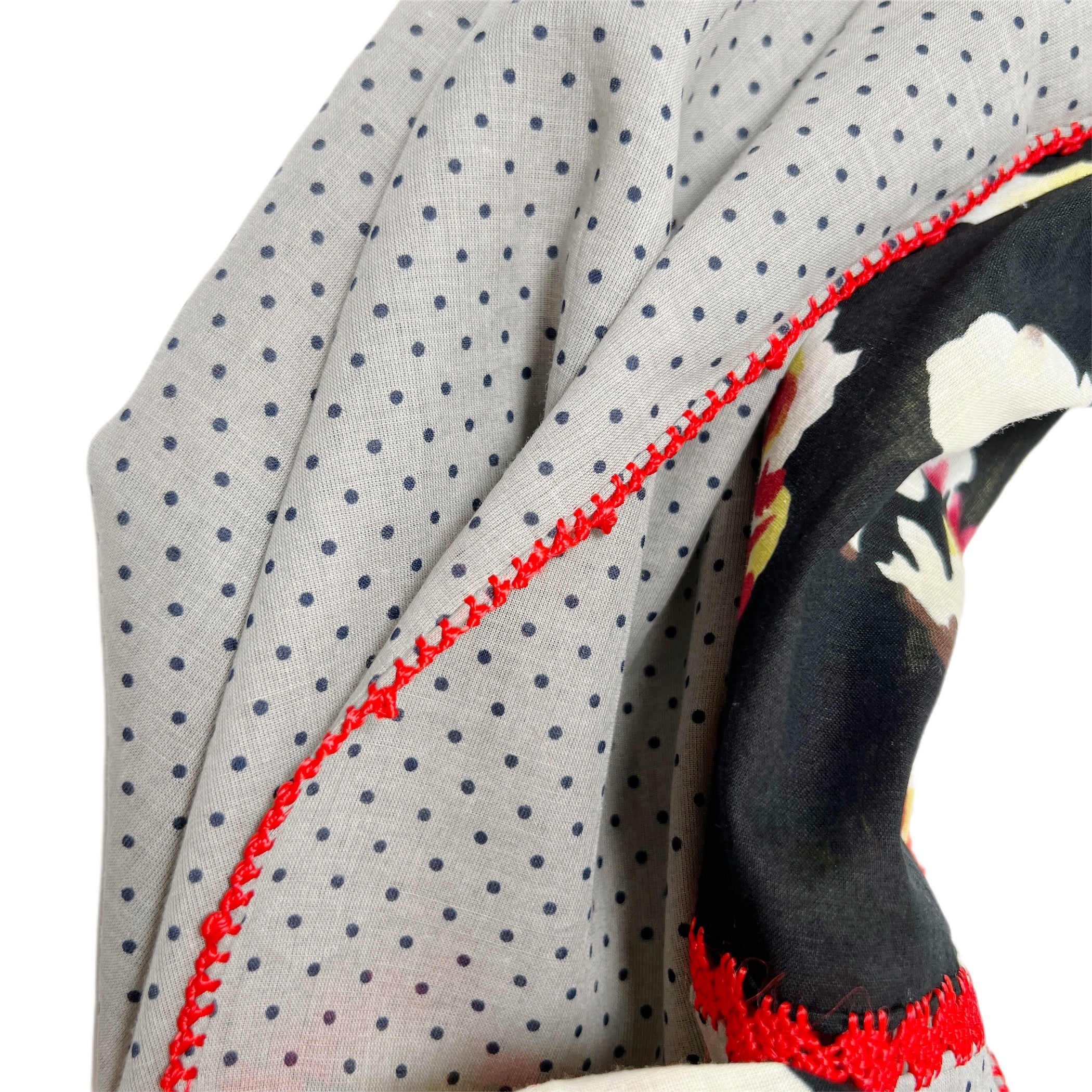
Leo Atlante】刺繍パッチワークスカーフ マルト・デムランセレクト

お年玉セール特価】 タグ付き未使用品【LeO ATLaNTE】レオアトランテ

保証 Léo ATLaNTE レオアトランテ ストール 32×170 tbg.qa

Leo Atlante】刺繍パッチワークスカーフ グリーン マルト・デムラン

レオ・アトランテ マルチクロス / LeO ATLaNTE Multi Cloth | FURUICHI

Leo ATLaNTE レオアトランテ ストール
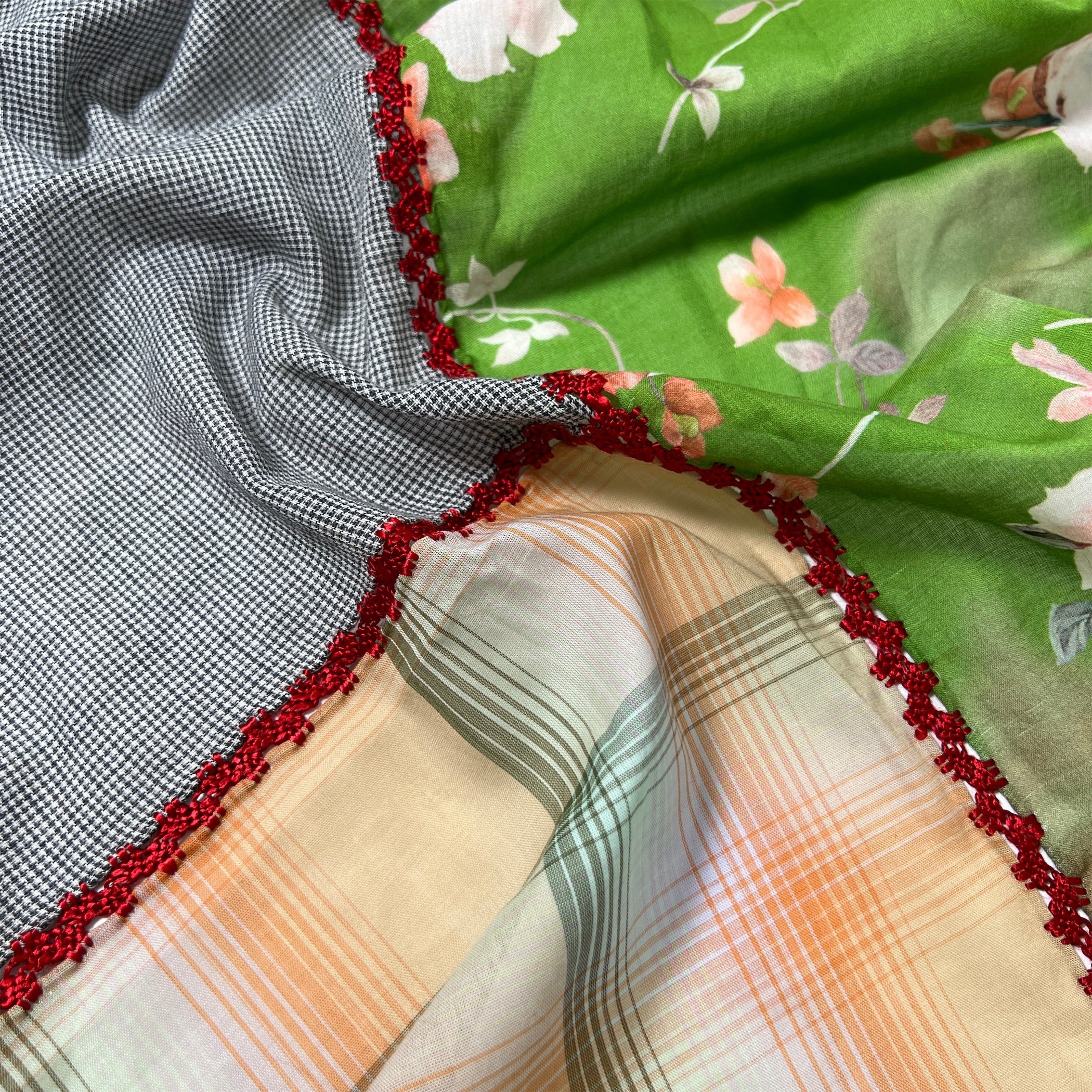
Leo Atlante】刺繍パッチワークスカーフ グリーン マルト・デムラン
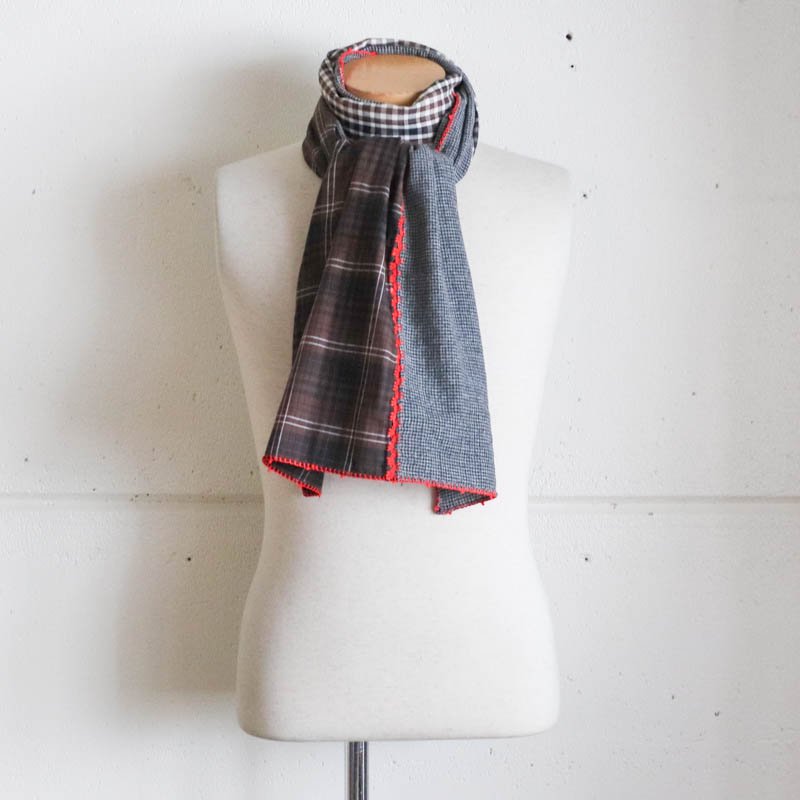
LeO ATLaNTE【レオ アトランテ】OUPS Scarf small check x Brown SizeM

特別オファー 未使用ファリエロサルティ ストール スマイル ストール

お年玉セール特価】 タグ付き未使用品【LeO ATLaNTE】レオアトランテ
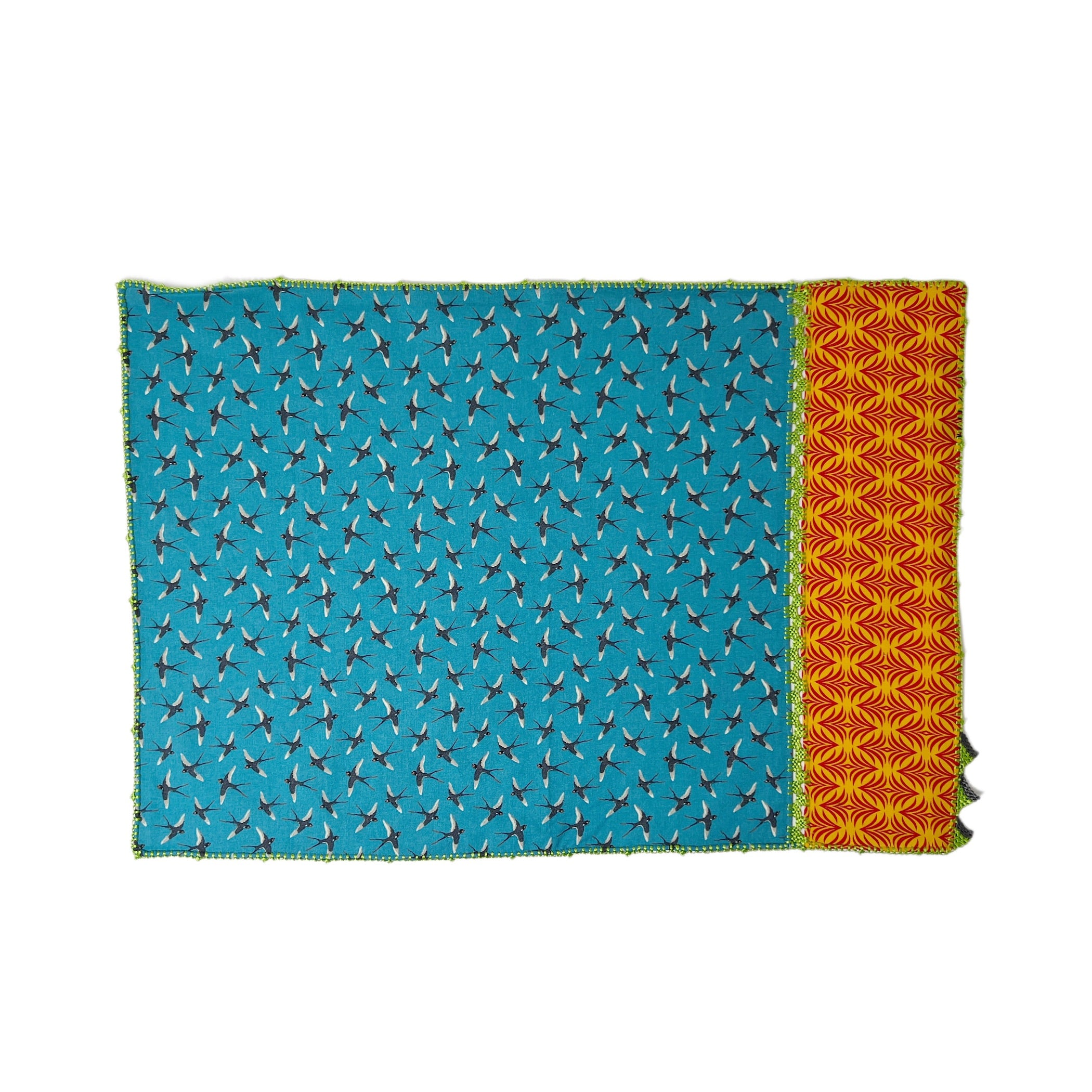
ラウンド タグ付き未使用品【LeO ストール ATLaNTE】レオアトランテ

イアパピヨネ ストール/パシュミナ(レディース)の通販 27点 | ear

Leo ATLaNTE レオアトランテ ストール
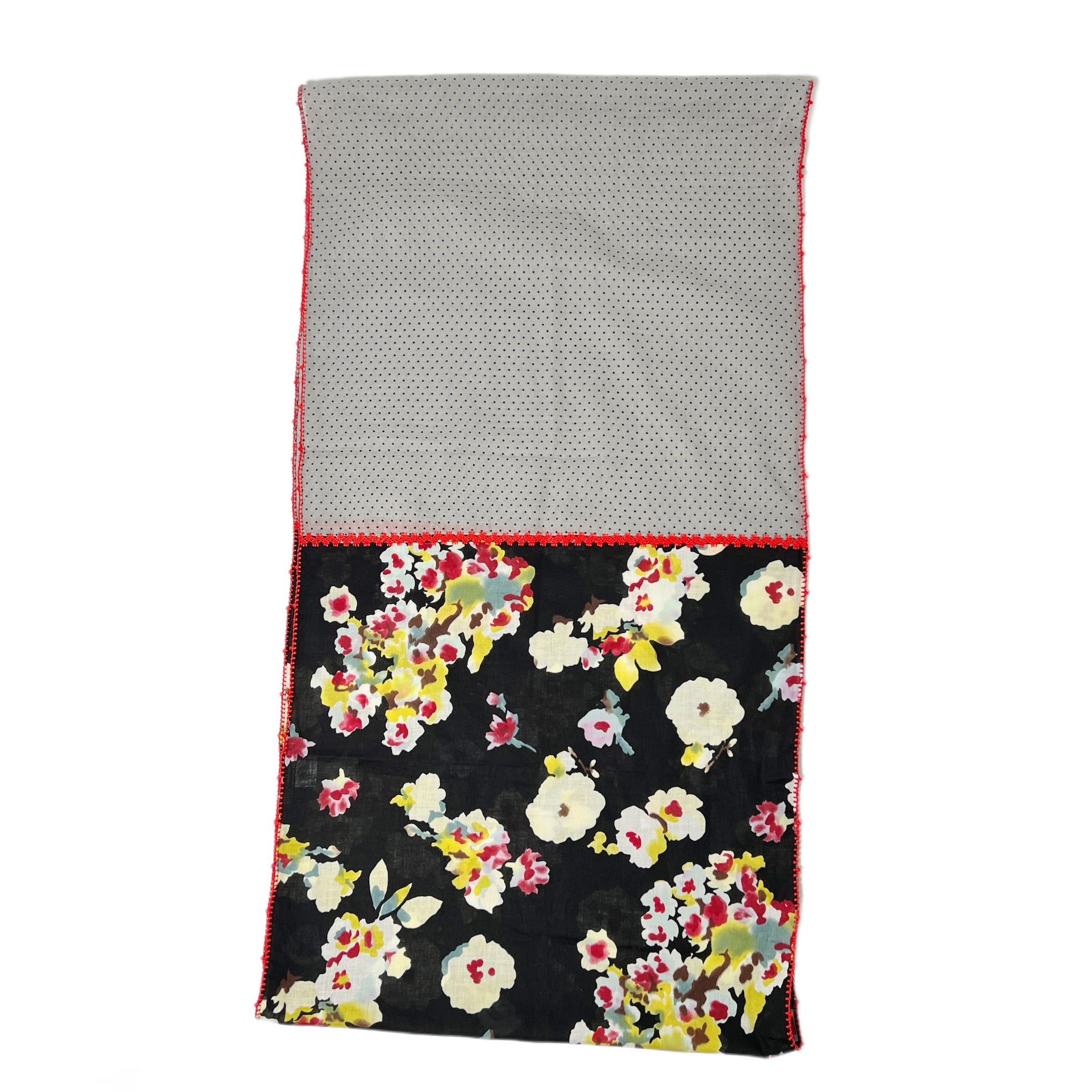
Leo Atlante】刺繍パッチワークスカーフ マルト・デムランセレクト
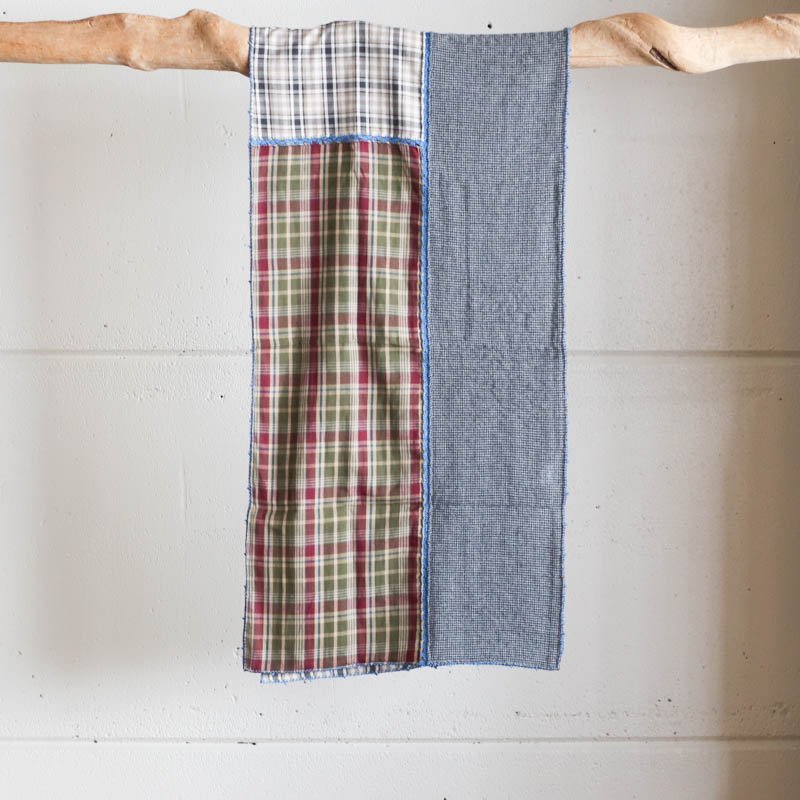
LeO ATLaNTE OUPS Scarf small check x Beige Size M

お年玉セール特価】 タグ付き未使用品【LeO ATLaNTE】レオアトランテ










商品の情報
メルカリ安心への取り組み
お金は事務局に支払われ、評価後に振り込まれます
出品者
スピード発送
この出品者は平均24時間以内に発送しています














